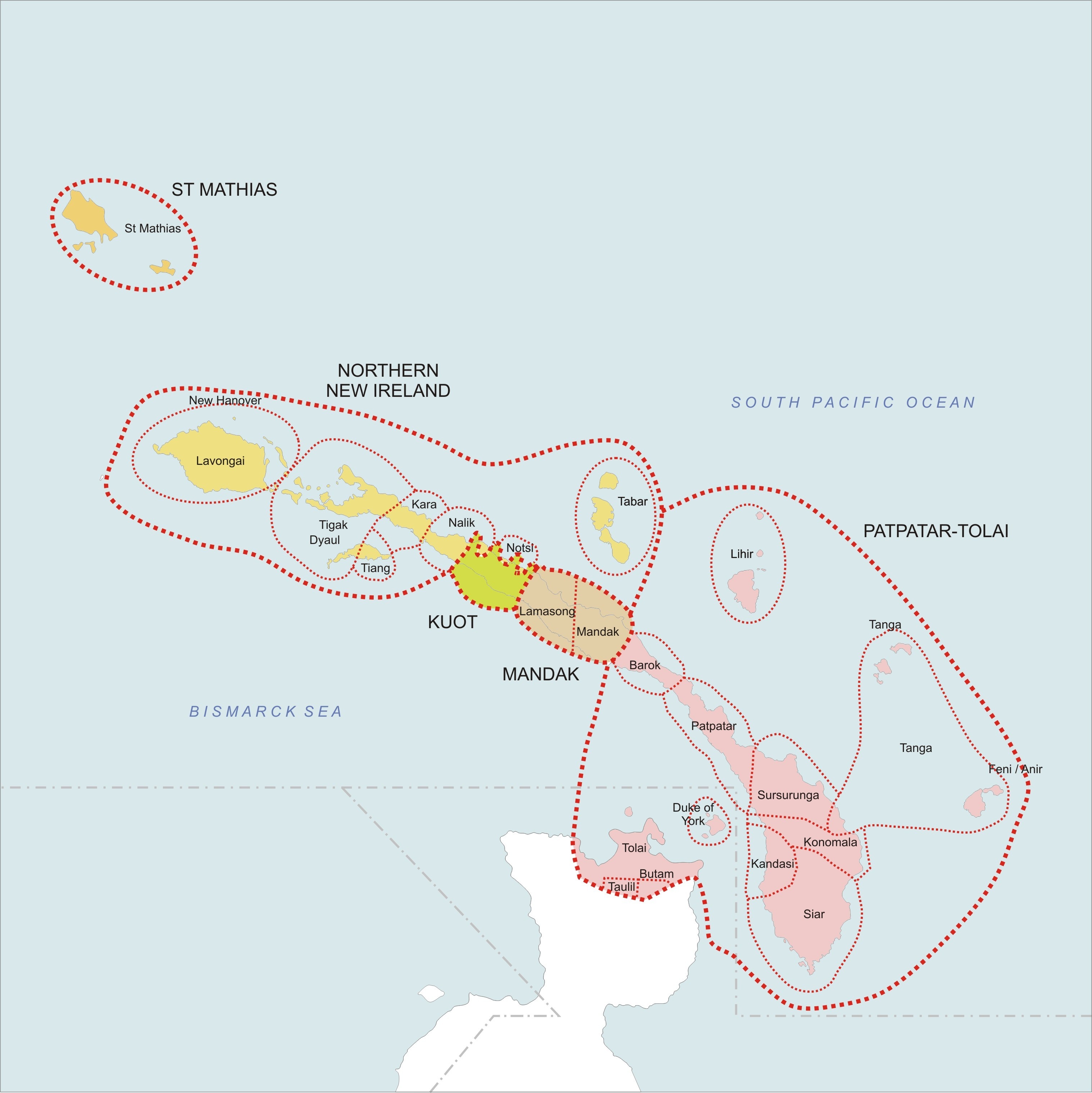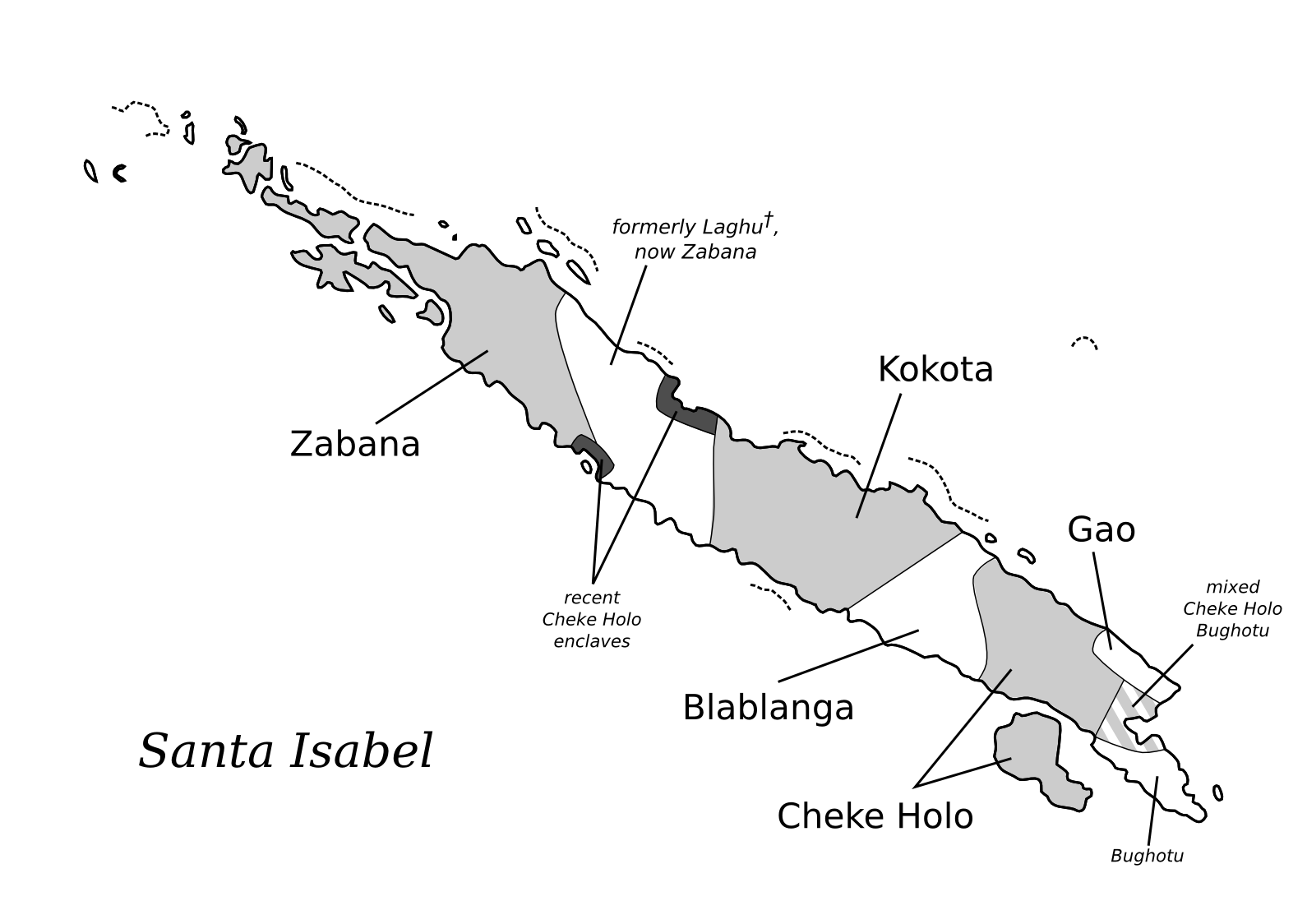|
Torau Language
Torau is an Austronesian language spoken on the east coast of Bougainville, Papua New Guinea. External links * Paradisec The Pacific and Regional Archive for Digital Sources in Endangered Cultures (PARADISEC) is a cross-institutional project that supports work on endangered languages and cultures of the Pacific and the region around Australia. They digitise reel-to ... haa number of collections that include Torau language materials References Northwest Solomonic languages Languages of Papua New Guinea Languages of the Autonomous Region of Bougainville {{MesoMelanesian-lang-stub ... [...More Info...] [...Related Items...] OR: [Wikipedia] [Google] [Baidu] |
Bougainville Province
Bougainville ( ; ; Tok Pisin: ''Bogenvil''), officially the Autonomous Region of Bougainville (Tok Pisin: ''Otonomos Region bilong Bogenvil''), is an autonomous region in Papua New Guinea. The largest island is Bougainville Island, while the region also includes Buka Island and a number of outlying islands and atolls. The interim capital is Buka, although this is considered temporary, with the capital likely to move. One potential location is Arawa, the previous capital. In 2011, the region had an estimated population of 250,000 people. The lingua franca of Bougainville is Tok Pisin, while a variety of Austronesian and non-Austronesian languages are also spoken. The region includes several Polynesian outliers where Polynesian languages are spoken. Geographically the islands of Bougainville and Buka are part of the Solomon Islands archipelago, but are politically separate from the independent country of Solomon Islands. Historically the region was known as the North Solomons. ... [...More Info...] [...Related Items...] OR: [Wikipedia] [Google] [Baidu] |
Papua New Guinea
Papua New Guinea (abbreviated PNG; , ; tpi, Papua Niugini; ho, Papua Niu Gini), officially the Independent State of Papua New Guinea ( tpi, Independen Stet bilong Papua Niugini; ho, Independen Stet bilong Papua Niu Gini), is a country in Oceania that comprises the eastern half of the island of New Guinea and its offshore islands in Melanesia (a region of the southwestern Pacific Ocean north of Australia). Its capital, located along its southeastern coast, is Port Moresby. The country is the world's third largest island country, with an area of . At the national level, after being ruled by three external powers since 1884, including nearly 60 years of Australian administration starting during World War I, Papua New Guinea established its sovereignty in 1975. It became an independent Commonwealth realm in 1975 with Elizabeth II as its queen. It also became a member of the Commonwealth of Nations in its own right. There are 839 known languages of Papua New Guinea, one of ... [...More Info...] [...Related Items...] OR: [Wikipedia] [Google] [Baidu] |
Malayo-Polynesian Languages
The Malayo-Polynesian languages are a subgroup of the Austronesian languages, with approximately 385.5 million speakers. The Malayo-Polynesian languages are spoken by the Austronesian peoples outside of Taiwan, in the island nations of Southeast Asia (Indonesian and Philippine Archipelago) and the Pacific Ocean, with a smaller number in continental Asia in the areas near the Malay Peninsula. Cambodia, Vietnam and the Chinese island Hainan serve as the northwest geographic outlier. Malagasy, spoken in the island of Madagascar off the eastern coast of Africa in the Indian Ocean, is the furthest western outlier. The languages spoken south-westward from central Micronesia until Easter Island are sometimes referred to as the Polynesian languages. Many languages of the Malayo-Polynesian family show the strong influence of Sanskrit and Arabic, as the western part of the region has been a stronghold of Hinduism, Buddhism, and, later, Islam. Two morphological characteristics of the M ... [...More Info...] [...Related Items...] OR: [Wikipedia] [Google] [Baidu] |
Oceanic Languages
The approximately 450 Oceanic languages are a branch of the Austronesian languages. The area occupied by speakers of these languages includes Polynesia, as well as much of Melanesia and Micronesia. Though covering a vast area, Oceanic languages are spoken by only two million people. The largest individual Oceanic languages are Eastern Fijian with over 600,000 speakers, and Samoan with an estimated 400,000 speakers. The Gilbertese (Kiribati), Tongan, Tahitian, Māori, Western Fijian and Tolai (Gazelle Peninsula) languages each have over 100,000 speakers. The common ancestor which is reconstructed for this group of languages is called Proto-Oceanic (abbr. "POc"). Classification The Oceanic languages were first shown to be a language family by Sidney Herbert Ray in 1896 and, besides Malayo-Polynesian, they are the only established large branch of Austronesian languages. Grammatically, they have been strongly influenced by the Papuan languages of northern New Guinea, but they ... [...More Info...] [...Related Items...] OR: [Wikipedia] [Google] [Baidu] |
Western Oceanic Languages
The Western Oceanic languages is a linkage of Oceanic languages, proposed and studied by . Classification The West Oceanic linkage is made up of three sub-linkages:. * North New Guinea linkage * Meso-Melanesian linkage * Papuan Tip linkage The center of dispersal was evidently near the Willaumez Peninsula The Willaumez Peninsula is located on the north coast of New Britain in the West New Britain Province. It was named after Jean-Baptiste Philibert Willaumez Jean-Baptiste Philibert Willaumez (7 August 1763 – 17 May 1845) was a French sailor, ... on the north coast of New Britain. Notes References * * {{Austronesian languages Oceanic languages ... [...More Info...] [...Related Items...] OR: [Wikipedia] [Google] [Baidu] |
Meso-Melanesian Languages
The Meso-Melanesian languages are a Linkage (linguistics), linkage of Oceanic languages spoken in the large Melanesian islands of New Ireland and the Solomon Islands east of New Guinea. Uneapa language, Bali is one of the most conservative languages. Composition The languages group as follows: *Willaumez Peninsula, Willaumez linkage: Bola language (Austronesian), Bola, Bulu language (Oceanic), Bulu, Meramera language, Meramera, Nakanai language, Nakanai *Bali–Vitu: Uneapa language, Bali (Uneapa), Vitu language, Vitu (Muduapa) [may be a single language] *New Ireland – Northwest Solomonic linkage **Tungag–Nalik family: Tigak language, Tigak, Tungag language, Tungag, Nalik language, Nalik, Laxudumau language, Laxudumau, Kara language (Papua New Guinea), Kara, Tiang language, Tiang **Tabar linkage: Mandara language, Madara (Tabar), Lihir language, Lihir, Notsi language, Notsi **Madak linkage: Barok language, Barok, Lavatbura-Lamusong language, Lavatbura-Lamusong, Madak langua ... [...More Info...] [...Related Items...] OR: [Wikipedia] [Google] [Baidu] |
Northwest Solomonic Languages
The family of Northwest Solomonic languages is a branch of the Oceanic languages. It includes the Austronesian languages of Bougainville and Buka in Papua New Guinea, and of Choiseul, New Georgia, and Santa Isabel (excluding Bugotu) in Solomon Islands. The unity of Northwest Solomonic and the number and composition of its subgroups, along with its relationship to other Oceanic groups, was established in pioneering work by Malcolm Ross. Languages Northwest Solomonic languages group as follows: * Nehan – North Bougainville linkage ** Nehan (Nissan) **Saposa–Tinputz: Hahon, Ratsua, Saposa (Taiof)– Teop, Tinputz **Buka: Halia– Hakö, Petats ** Papapana ** Solos * Piva–Bannoni family: Piva (Lawunuia), Bannoni * Mono–Uruavan family: Mono-Alu, Torau, Uruava *Choiseul linkage: Babatana (including Sisingga)– Ririo, Vaghua– Varisi *New Georgia – Ysabel family **New Georgia linkage: Simbo (Simbo Island), Roviana– Kusaghe, Marovo, Hoava, Vangunu ... [...More Info...] [...Related Items...] OR: [Wikipedia] [Google] [Baidu] |
Mono–Uruavan Languages
The family of Northwest Solomonic languages is a branch of the Oceanic languages. It includes the Austronesian languages of Bougainville and Buka in Papua New Guinea, and of Choiseul, New Georgia, and Santa Isabel (excluding Bugotu) in Solomon Islands. The unity of Northwest Solomonic and the number and composition of its subgroups, along with its relationship to other Oceanic groups, was established in pioneering work by Malcolm Ross. Languages Northwest Solomonic languages group as follows: * Nehan – North Bougainville linkage ** Nehan (Nissan) **Saposa–Tinputz: Hahon, Ratsua, Saposa (Taiof)– Teop, Tinputz **Buka: Halia– Hakö, Petats ** Papapana ** Solos * Piva–Bannoni family: Piva (Lawunuia), Bannoni * Mono–Uruavan family: Mono-Alu, Torau, Uruava *Choiseul linkage: Babatana (including Sisingga)– Ririo, Vaghua– Varisi *New Georgia – Ysabel family **New Georgia linkage: Simbo (Simbo Island), Roviana– Kusaghe, Marovo, Hoava, Vangunu ... [...More Info...] [...Related Items...] OR: [Wikipedia] [Google] [Baidu] |
Paradisec
The Pacific and Regional Archive for Digital Sources in Endangered Cultures (PARADISEC) is a cross-institutional project that supports work on endangered languages and cultures of the Pacific and the region around Australia. They digitise reel-to-reel field tapes, have a mass data store and use international standards for metadata description. PARADISEC is part of the worldwide community of language archives (Delaman and the Open Language Archives Community). PARADISEC's main motivation is to ensure that unique recordings of small languages are themselves preserved for the future, and that researchers consider the future accessibility to their materials for other researchers, community members, or anyone who has an interest in such materials. Vanishing voices As the number of small languages in the world is reduced by many factors (urbanisation, colonial policies, the speakers' desire to learn languages which give access to resources), the tapes which may be their only record beco ... [...More Info...] [...Related Items...] OR: [Wikipedia] [Google] [Baidu] |
Languages Of Papua New Guinea
Papua New Guinea, a sovereign state in Oceania, is the most linguistically diverse country in the world. According to Ethnologue, there are 839 living languages spoken in the country. In 2006, Papua New Guinea Prime Minister Sir Michael Somare stated that "Papua New Guinea has 832 living languages (languages, not dialects)." Languages with statutory recognition are Tok Pisin, English, Hiri Motu, and Papua New Guinean Sign Language.There is no specific legislation proclaiming official languages in Papua New Guinea. In the constitution of Papua New Guinea, section 2(11) (literacy) of its preamble mentions '...all persons and governmental bodies to endeavour to achieve universal literacy in Pisin, Hiri Motu or English' as well as "tok ples" and "ita eda tano gado". In addition, section 67 (2)(c) mentions "speak and understand Pisin or Hiri Motu, or a vernacular of the country, sufficiently for normal conversational purposes" as a requirement for citizenship by nationalisation; this i ... [...More Info...] [...Related Items...] OR: [Wikipedia] [Google] [Baidu] |



